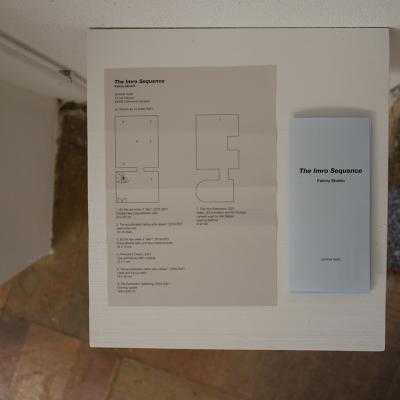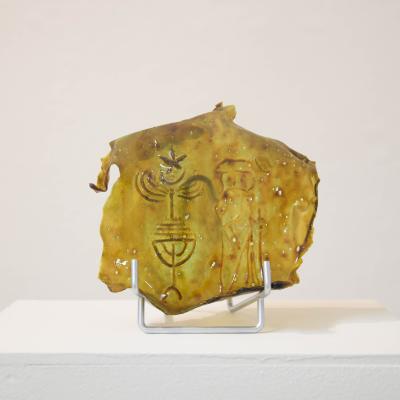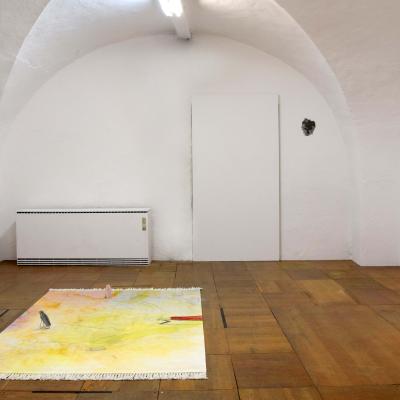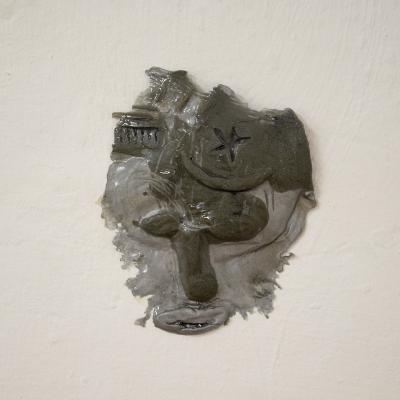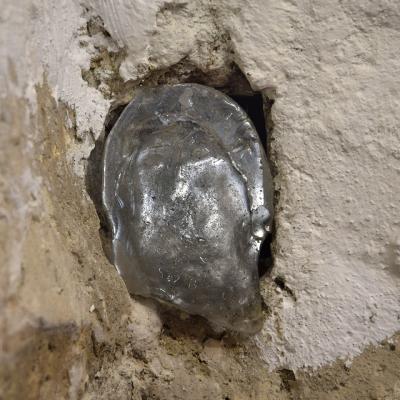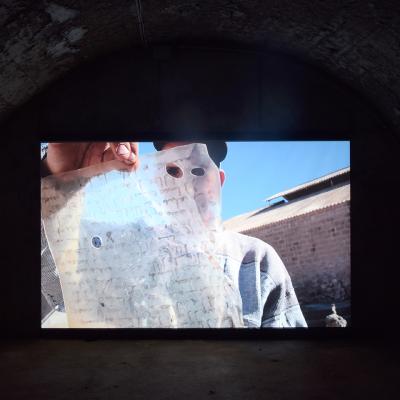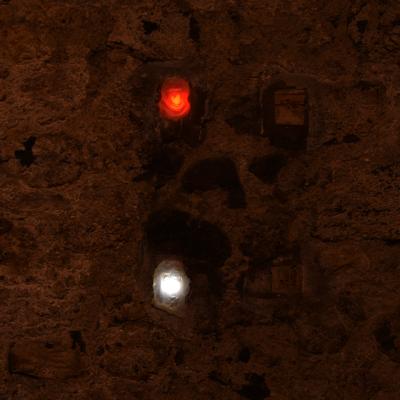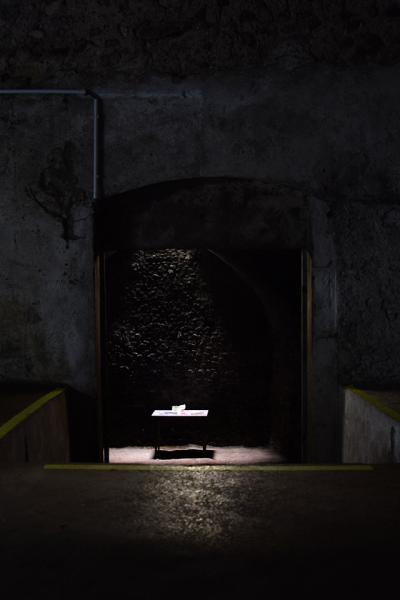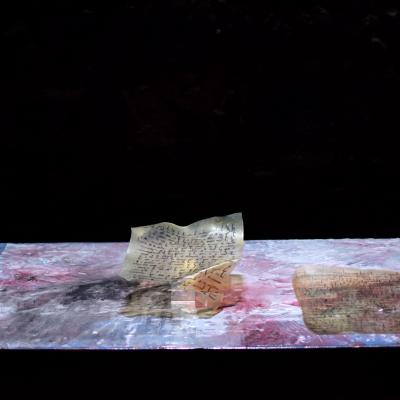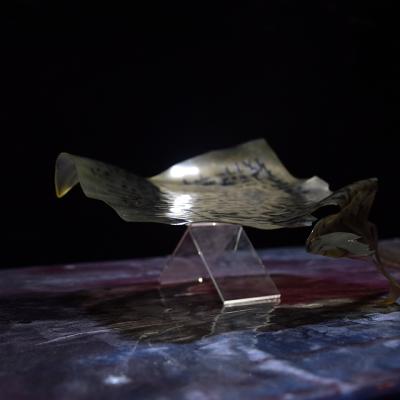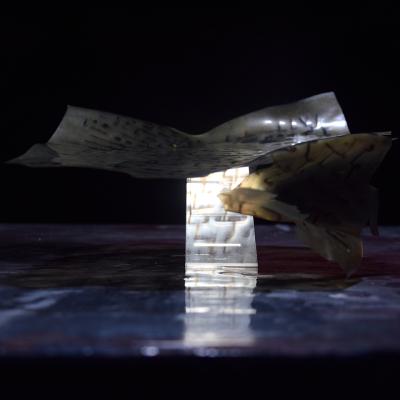The Imro Sequence, 2021
Imro is a fictional character who is an antiquities dealer and has unearthed objects that quickly enter markets beyond his control. The exhibition questions the value placed on excavated objects and who gets to participate in this process. When individuals, such as dreamers, engage in finding and excavating artifacts instead of academic campaigns, they propose an alternative form of research. These amateurs are highly motivated by the dream of finding treasure, which can eventually lead them to important discoveries. These findings could potentially explain the artifacts that circulate in auction houses and even big museums that occasionally admit to purchasing stolen artifacts.
The Imro Sequence draws inspiration from Walter Benjamin’s Ibizan Sequence, which emphasizes the importance of excavating and exploring one's cultural identity. The exhibition is structured like a dig, with each level revealing a deeper layer of understanding. The ground floor, although bright, is presented in a cold museum-like manner, while subsequent levels become progressively darker and colder. However, a more generous presentation style helps to challenge preconceived notions about the work.
The 3D animation video provides a virtual perspective on the installation, with each sculpture existing in a different form in the film than in the show. This cyclicality refers to the different markets in which artifacts exist and the various players in these markets. The Imro Sequence ultimately encourages viewers to question the narrative they are taught and to consider the blind spots in their understanding of history.
The Forbidden Gathering is the piece printed on a carpet. It overlays three different maps to convey a narrative about unresolved histories. The first map is an Arabic depiction of the spread of the Islamic empire, incorporating all the accepted oral traditions. The second is a Western academic map on the same topic, solely relying on factual historical events and disregarding unproven oral accounts. The third map is figurative, representing my own interpretation of the same historical period.
As someone existing between two cultures, the conversion of these maps reflects my reality. However, no single map can fully address all the gaps in history, which is why the final map incorporates elements from all the others. By using a carpet as a medium, I aim to draw attention to the often-overlooked domestic objects that encode complex and contradictory histories. These objects have become so familiar that we often fail to recognize their significance.

